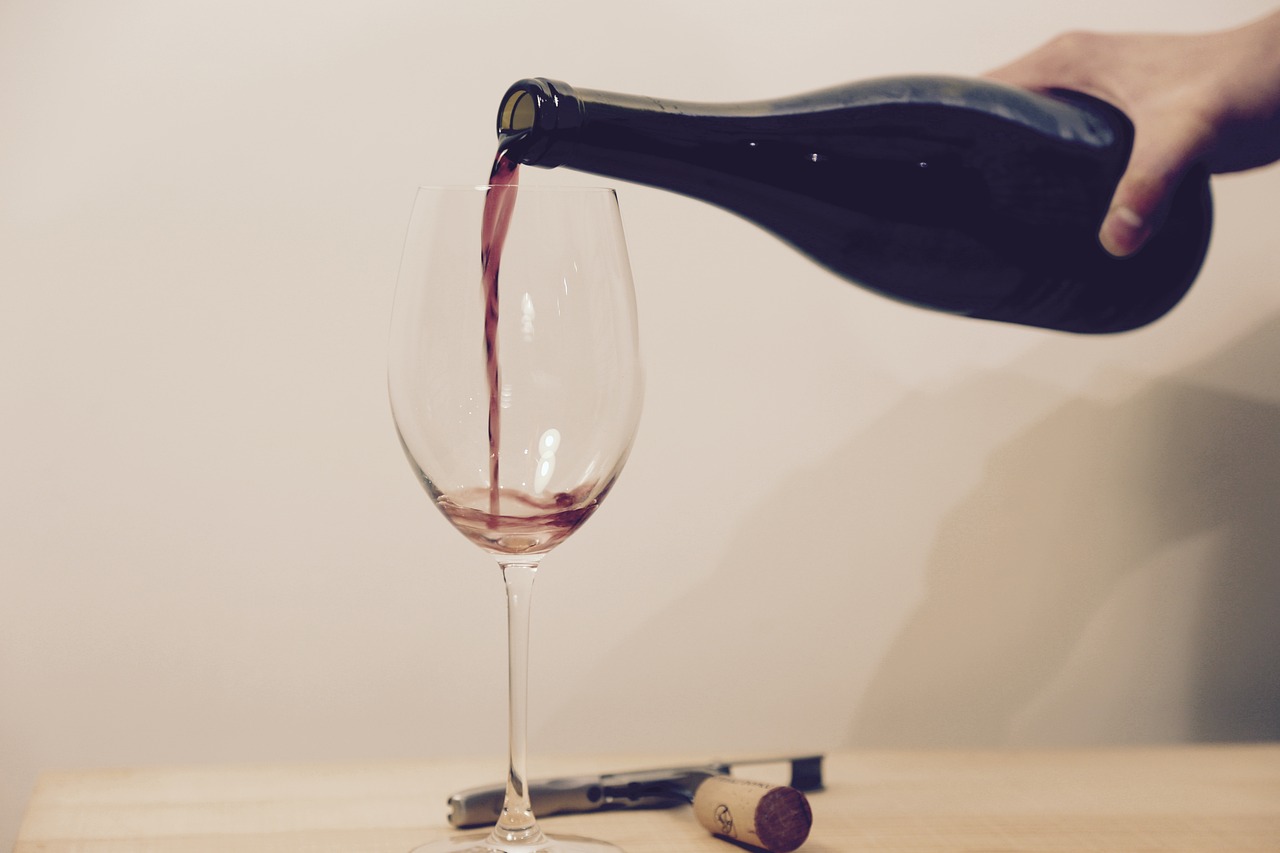Welcome to WineFridgeHub – your premier destination for all things wine fridge! Whether you’re a seasoned wine connoisseur or just starting your wine journey, we’re here to provide you with valuable insights and tips to enhance your wine experience. In this article, we’ll delve into the art of pouring wine like a pro, from selecting the right glassware to mastering the pouring technique. So let’s raise our glasses and explore the world of wine pouring!
The Importance of Proper Wine Pouring
Proper wine pouring is not just about etiquette and tradition; it also plays a significant role in enhancing the overall wine-drinking experience. When wine is poured correctly, it allows the wine to aerate, releasing its aromas and flavors. Additionally, it helps to prevent excessive splashing and dripping, ensuring a clean and enjoyable pour.
Choosing the Right Glassware
The choice of glassware can greatly influence the tasting experience. While there are various types of wine glasses available, it’s important to select a glass that best complements the wine you’re serving. Generally, a tulip-shaped glass with a wide bowl and a narrow rim is suitable for red wines, as it allows the wine to breathe and directs the aromas towards the nose. For white wines, a glass with a slightly smaller bowl and a more tapered shape is preferred to maintain a cooler temperature.
Decanting for Optimal Wine Experience
Decanting is the process of transferring wine from the bottle to a decanter, allowing it to breathe and separate from any sediment. This step is particularly important for older red wines, as it helps soften tannins and enhances the wine’s flavors. To decant, slowly pour the wine into the decanter, being careful not to disturb the sediment at the bottom of the bottle. Allow the wine to rest for a few minutes before serving.
Mastering the Pouring Technique
To pour wine like a pro, hold the bottle by the base or grip the punt (the indentation at the bottom of the bottle) with your thumb. This ensures a stable grip and prevents heat from your hand from affecting the temperature of the wine. Position the glass at a slight angle and pour the wine gently into the glass, aiming for the center of the glass to avoid splashing. Slowly straighten the glass as you pour to fill it to the desired level.
The Role of Serving Order
When serving multiple guests, it’s essential to follow a proper serving order. Traditionally, women are served first, followed by men, in a clockwise direction around the table. However, modern etiquette allows for more flexibility, and you can choose a serving order that suits your preference. Start by pouring for the guest to your right and continue in a logical order, ending with yourself if you’re the host.
Measuring the Perfect Pour
Knowing how much wine to pour can be a challenge, but with practice, you can become more adept. A standard pour is generally around 150-180ml (5-6 ounces) for a regular serving. It’s helpful to gauge the pour by filling the glass to about one-third full, allowing room for the wine to breathe and release its aromas. If you’re uncertain, it’s better to pour less and allow guests to request more if desired.
Preventing Drips and Splashes
To prevent drips and splashes, it’s important to have a steady hand and control the pour. As you finish pouring, rotate the bottle slightly away from you while simultaneously tilting it upright to stop the flow of wine cleanly. This technique minimizes the risk of drips and ensures a neat presentation. If spills occur, have a clean cloth or napkin handy to wipe the bottle’s mouth and prevent wine stains.
Pouring Sparkling Wine with Elegance
When pouring sparkling wine, such as Champagne or Prosecco, it’s crucial to handle the bottle with care to preserve the bubbles. Keep the bottle at a 45-degree angle and pour slowly into a flute or tulip-shaped glass. Begin with a small pour, allowing the bubbles to settle, and then continue pouring to fill the glass about three-quarters full. This technique helps maintain the effervescence and prevents overflow.
Finishing Touches: The Final Flourish
To add a touch of elegance to your wine service, give the bottle a quarter-turn with your wrist just before pulling it away from the glass. This slight twist creates a clean break in the pour and prevents any lingering drips. Additionally, you can present the bottle to your guests, allowing them to see the label and appreciate the wine before pouring.
Common Wine Pouring Mistakes to Avoid
While mastering the art of wine pouring takes practice, there are several common mistakes to avoid. These include gripping the bottle by the neck, which can affect the temperature of the wine, and pouring too quickly, causing splashing and overflow. It’s also important to avoid touching the inside of the glass with the bottle, as this can transfer unwanted flavors or aromas. By being mindful of these mistakes, you can ensure a flawless pour every time.
Pouring wine like a pro is not just about technique; it’s about creating an enjoyable experience for yourself and your guests. By following these tips and techniques, you can enhance the presentation and aroma of the wine while impressing your friends and loved ones. So raise your glass, toast to good times, and savor the pleasure of a perfectly poured glass of wine!
